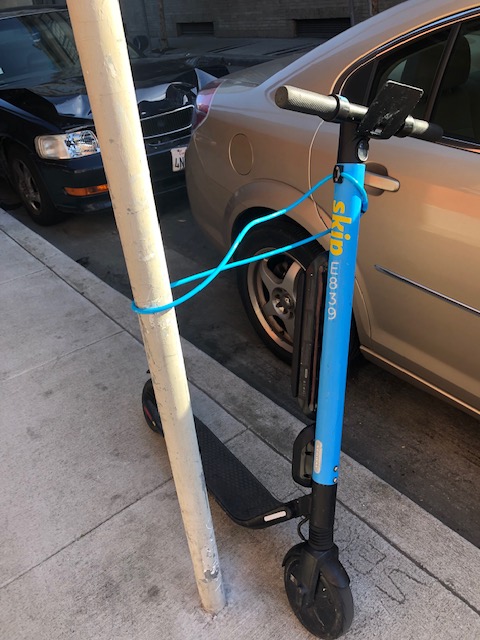A book review by Steve Schaefer

There are many books, videos, and news stories out on global warming and climate change. Some are filled with scary predictions and are good at shocking us into action. But the best kind are the ones that try to paint a picture of ways we can take action to make a difference. The Great Pivot is one of the latter category.
The current carbon-based business model is becoming unsustainable. So, dealing with the huge tasks before us means not only deciding what to do but who’s going to do it. The Green New Deal, which is the subject of the last chapter (and is throughout the book in spirit) says that people want and need meaningful work. So why not get two for one?
That’s what the 30 pivots in The Great Pivot are meant to do. Burt’s carefully developed ideas show how we can scale up efforts to build a sustainable future. This means both creating meaningful jobs for workers and generating more sustainability project opportunities for investors.
Burt begins by addressing the employment situation today. The low official percentages don’t reflect the 37 million people ages 25-64 who are out of the labor force. With outsourcing, automation, and the gig economy, it’s tough out there. Today, the middle class is disrupted by changes in the work place and rising costs, and wages have been stagnant. We can rebuild the economic safety net with new sustainability jobs.
The author proposes five categories for job creation and devotes an entire chapter to each. They all have the goal of stabilizing the climate:
- Advanced energy communities
- Low-carbon mobility systems
- A circular economy
- Reduced food waste
- A healthy natural world
Starting with Zero Net Energy, the first few pivots involve electrifying single-family homes and then spreading to multi-unit dwellings and commercial spaces. Existing technology can make all spaces more pleasant and energy efficient.
Twenty-eight percent of our greenhouse gas emissions come from transportation, and Burt spends significant time discussing low carbon mobility. Besides moving to electric cars, we also need to develop clean mass transit, safe bicycling options, walkable communities, mobility-as-a service options, and build out the EV charging infrastructure. All of these are pivots that require people to do them.
The circular economy is a worthy goal to get us to our goal of climate stability. Instead of the current take-make-waste economy, a circular economy reuses and recycles. There are many jobs in waste prevention and building deconstruction (instead of demolition). How about a tool lending library combined with a repair café and maker space to reuse things rather than replace them?
It’s pathetic that 40 percent of food grown and raised in the U.S. is thrown out, for various reasons. Wasted food has a large impact on the climate. Jobs to prevent, recover, or recycle food waste make for excellent pivots. Many of these jobs do not require higher education—just training—so they would be available to many people who need meaningful work and steady pay.
Restoring nature is a valuable and meaningful form of employment that would help the planet recover. Ways of sequestering more carbon in the soil can improve agricultural yields while reducing carbon in the atmosphere. There is good work in restoring forests, waterways, and wildlife. How about creating furniture or other useful items from drought-stressed trees? Then we could leave healthy trees in place to do their job of pulling carbon out of the atmosphere.
Besides these actions, we can start looking at the economy differently. We need to disrupt business as usual. For example, we should decouple growth from the traditional measurement of using gross domestic product (GDP). Burt proposes four goals:
- Shift from fossil fuels to renewables
- Create a circular flow of materials
- Dematerialize by shifting to digital products and services
- Radically reduce waste
It’s fine to get people working, but investors can make a big impact too, by funding the projects we need as part of the overall process of transforming our economy. Burt discusses bootstrapping, crowdfunding, direct public offerings, private equity, and other ways to get investors involved in the right way.
The book ends by discussing meaningful work and relating it to the goals of the Green New Deal, including leaving no person behind. We have many ways to move forward, and the 30 pivots are a great place to start. We need to do it now.
The Great Pivot by Justine Burt
MP Publishing, 2019




